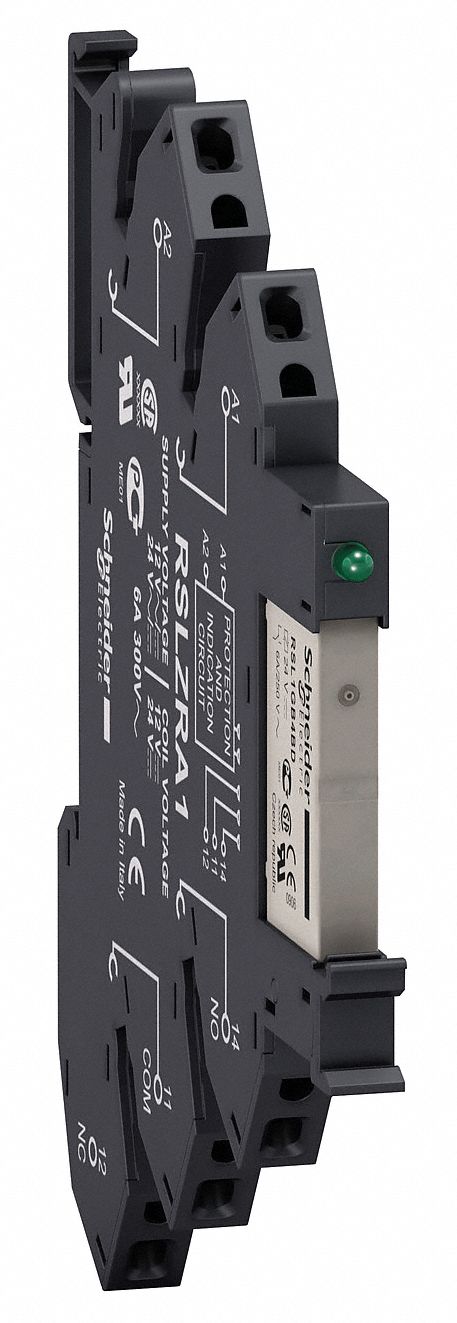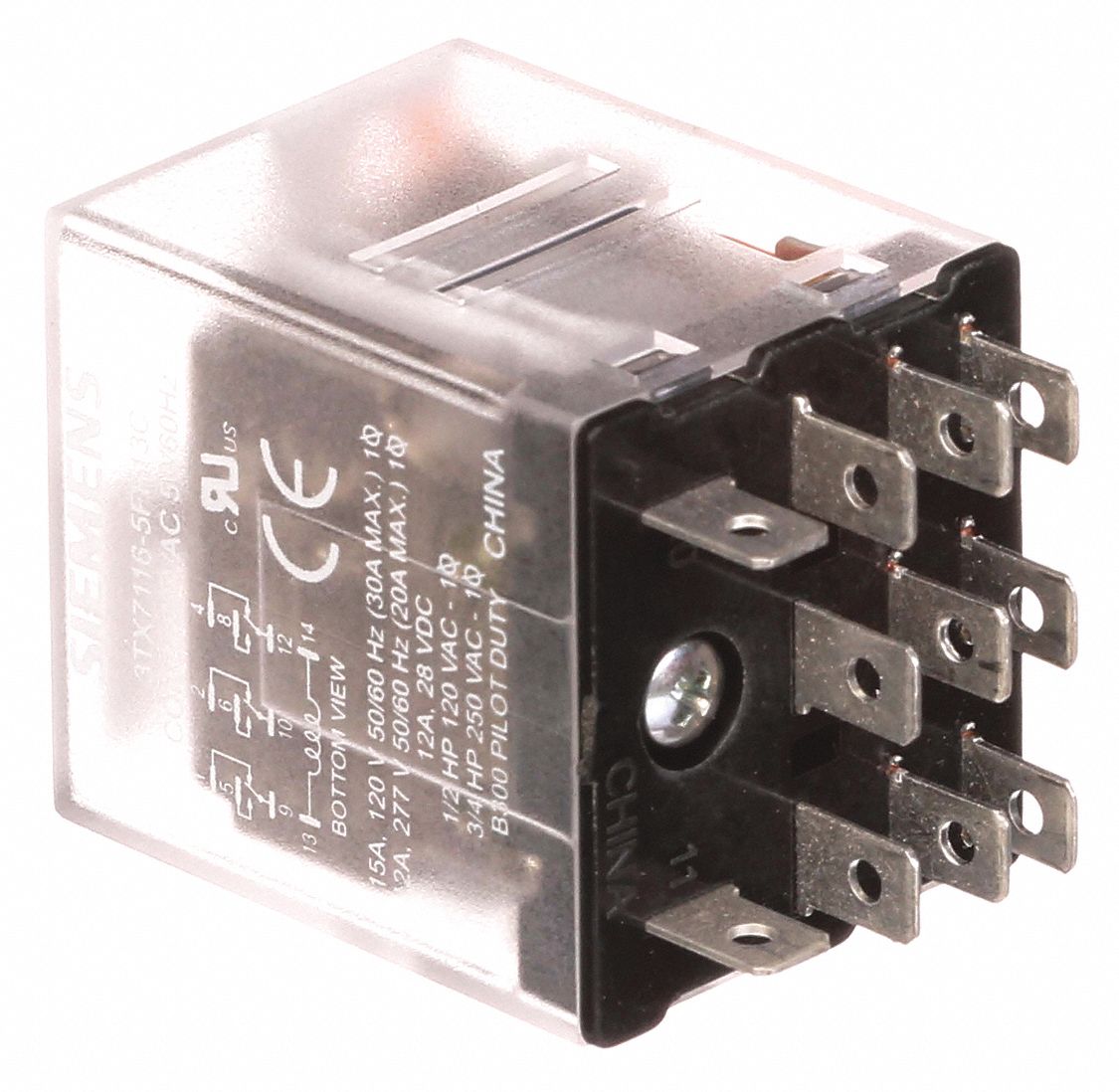Unlocking the Secrets of Relay Coil Voltage

Ever wondered about the magic behind those tiny electrical switches that control everything from car starters to industrial machinery? The secret lies in understanding relay coil voltage. This seemingly simple concept is the key to unlocking the power and versatility of relays. Let's dive into the world of relay coil voltage and discover why it's so important.
Relays are electromagnetic switches that use a small amount of current to control a much larger current. At the heart of this switching action lies the coil. The voltage applied to this coil, the relay coil voltage, is the driving force behind the entire operation. Choosing the correct voltage is paramount for reliable and efficient circuit control.
Think of the relay coil as an electromagnet. When the correct voltage is applied, the coil generates a magnetic field, attracting a metal armature. This armature moves, closing or opening a set of contacts, which in turn controls the larger current flow in the circuit. Without the proper coil voltage, the relay simply won't function correctly.
The required relay voltage varies depending on the specific relay design and application. Common voltages include 5V, 12V, and 24V DC, but other voltages are available for specialized applications. Using a voltage that's too low will prevent the relay from activating, while a voltage that's too high can damage the coil and shorten the relay's lifespan.
Selecting the right relay coil voltage isn't just about getting the relay to work; it's about ensuring the longevity and reliability of your circuit. Using an incorrect voltage can lead to overheating, premature failure, and even safety hazards. This is why understanding relay coil voltage is essential for anyone working with electrical circuits.
The history of relays dates back to the early days of telegraphy. Joseph Henry, an American scientist, is credited with inventing the relay in the 1830s. Since then, relays have become indispensable components in a wide range of applications, from industrial automation to consumer electronics.
Relay coil voltage determines the amount of power consumed by the coil and impacts the switching speed of the relay. It is also a critical factor in determining the compatibility of the relay with the control circuit. The main issue related to relay coil voltage is using an inappropriate voltage which can lead to malfunction or damage.
For example, a 12V relay coil requires a 12V DC power supply to operate correctly. Applying 5V won't activate the relay, and applying 24V could damage it.
Benefits of choosing the correct relay coil voltage include: increased relay lifespan, reliable switching operation, and preventing damage to other circuit components. For instance, using the correct coil voltage for a car starter relay ensures reliable starting and prevents damage to the starter motor.
Advantages and Disadvantages of Different Coil Voltages
| Voltage | Advantages | Disadvantages |
|---|---|---|
| 5V | Lower power consumption | Limited switching power |
| 12V | Widely available | Moderate power consumption |
| 24V | Higher switching power | Higher power consumption |
Best Practices
1. Always consult the relay datasheet for the correct coil voltage.
2. Use a regulated power supply to ensure a stable coil voltage.
3. Consider the environment and choose a relay with appropriate voltage and sealing for harsh conditions.
4. Use a flyback diode across the coil to protect the driving circuit from voltage spikes.
5. Test the relay operation thoroughly after installation.
FAQ
1. What happens if I use a higher voltage than specified for the relay coil? - Damage to the coil.
2. What happens if I use a lower voltage? - The relay won't activate.
3. What is the most common relay coil voltage? - 12V DC.
4. Can I use AC voltage for a DC relay coil? - No.
5. What is a flyback diode? - A diode used to protect the driving circuit.
6. How do I choose the right relay coil voltage? - Consult the datasheet and consider the application.
7. How can I test a relay coil? - Use a multimeter to measure the coil resistance.
8. What is the relationship between coil voltage and switching speed? - Higher voltage generally leads to faster switching.
Conclusion
Understanding relay coil voltage is fundamental to successful circuit design and implementation. Choosing the right voltage not only ensures the proper functioning of the relay, but also contributes to the overall reliability and longevity of the circuit. By following the best practices outlined in this article and paying close attention to the relay specifications, you can effectively harness the power of relays for a wide variety of applications. Remember, the seemingly small detail of coil voltage plays a significant role in the larger picture of circuit control. Take the time to learn about it, and you'll be well-equipped to design and maintain efficient, dependable, and safe electrical systems. This knowledge empowers you to troubleshoot issues effectively, optimize performance, and ultimately master the art of circuit control using relays. So, delve into the specifics of your relays, understand their voltage requirements, and unlock the full potential of these versatile components.
Embrace the calm exploring sherwin williams dusty heather
Dreaming of split your croatian adventure awaits
Pastel goth outfits a softly spooky style guide for women













